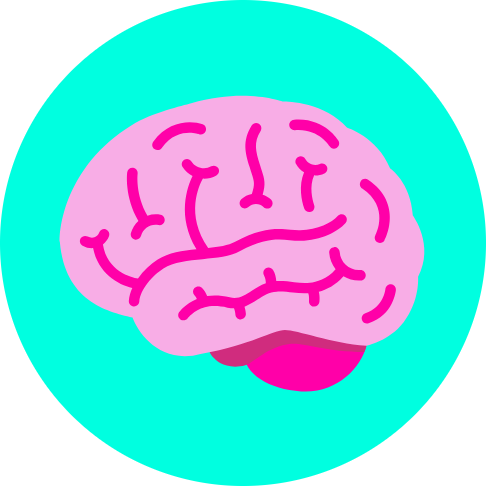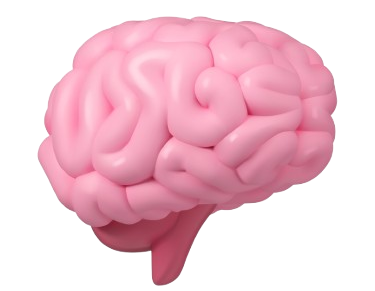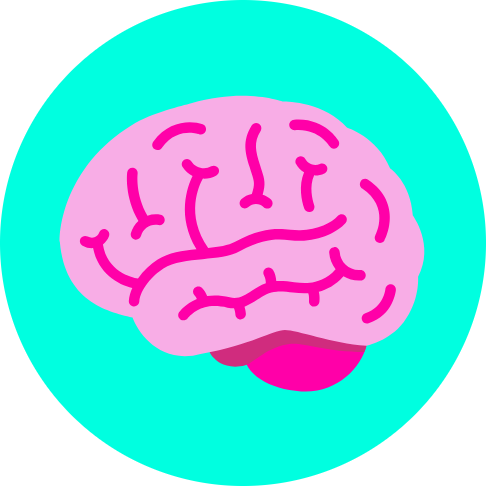👀 The Science Behind Spotting
Regardless of what age and stye you teach, being knowledgable about how spotting works is an important part of teaching turns in dance.
“Classical ballet demands excellent postural control, both statically and dynamically. Postural control is the act of achieving, maintaining, or restoring a state of balance during any posture or activity” (Hopper et al., 2014).
Since spotting is a complex topic, this blog will only go into depth a little! And I decided to organize it into a list of 7 simple tips that ANYONE can apply starting TODAY.
- Stare at the dot: let the body rotate, & quickly return eyes to dot
- Can be a fun & visual way to teach spotting
Learn More about These Topics:
-
Ball, K., & Tillman, D. (2010). Peripheral vision and balance control in athletes. Journal of Sports Sciences, 28(8), 881 889. https://europepmc.org/article/med/31205229
-
Christy, J. B., Cochrane, G. D., Almutairi, A., Busettini, C., Swanson, M. W., & Weise, K. K. (2019). Peripheral vestibular and balance function in athletes with and without concussion. Journal of Neurologic Physical Therapy, 43(3), 153–159. https://doi.org/10.1097/npt.0000000000000280
-
Cicchella, A., & Caminiti, C. (2015). Effect of Different Spotting Heights on Ballet Pirouette Performance. Acta Kinesiologiae Universitatis Tartuensis, 21, 19–30. https://doi-org.cucproxy.cuchicago.edu/10.12697/akut.2015.21.03
-
Veronika K Blog Post - https://www.veronicakballet.com/post/sharpen-your-spot-how-visual-tracking-exercises-can-elevate-your-turns
-
Denardi, R. A., & Corrêa, U. C. (2013b). Effects of instructional focus on learning a classical ballet movement, the pirouette. Journal of Dance Medicine & Science, 17(1), 18–23. https://doi.org/10.12678/1089-313x.17.1.18
Haber, C., & Schärli, A. (2021). Defining Spotting in Dance: A Delphi Method Study Evaluating Expert Opinions. Frontiers in psychology, 12, 540396. https://doi.org/10.3389/fpsyg.2021.540396
-
Nigmatullina, Y., Hellyer, P. J., Nachev, P., Sharp, D. J., & Seemungal, B. M. (2013). The neuroanatomical correlates of training-related perceptuo-reflex uncoupling in dancers. Cerebral Cortex, 25(2), 554–562. https://doi.org/10.1093/cercor/bht266
-
Hopper, D. M., Grisbrook, T. L., Newnham, P. J., & Edwards, D. J. (2014). The effects of vestibular stimulation and fatigue on postural control in classical ballet dancers. Journal of Dance Medicine & Science, 18(2), 67–73. https://doi.org/10.12678/1089-313x.18.2.67
-
Uchiyama, M., & Demura, S. (2009). The role of eye movement in upright postural control. Sport Sciences for Health, 5(1), 21–27. https://doi-org.cucproxy.cuchicago.edu/10.1007/s11332-009-0072-z
-
Klostermann, A., Schärli, A., Kunz, S., Weber, M., & Hossner, E.-J. (2022). Learn to Turn: Does Spotting Foster Skill Acquisition in Pirouettes? Research Quarterly for Exercise & Sport, 93(1), 153–161. https://doi org.cucproxy.cuchicago.edu/10.1080/02701367.2020.1813239
-
Lin, C.-W., Chen, S.-J., Su, F.-C., Wu, H.-W., & Lin, C.-F. (2014). Differences of Ballet Turns ( Pirouette ) Performance Between Experienced and Novice Ballet Dancers. Research Quarterly for Exercise & Sport, 85(3), 330–340. https://doi-org.cucproxy.cuchicago.edu/10.1080/02701367.2014.930088
-




